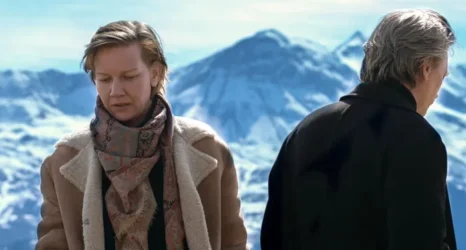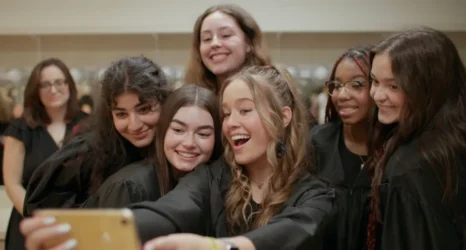How has sexual provocation been used by female filmmakers as a feminist act? Is it possible to separate art from artists? How have sex scenes changed over the years?
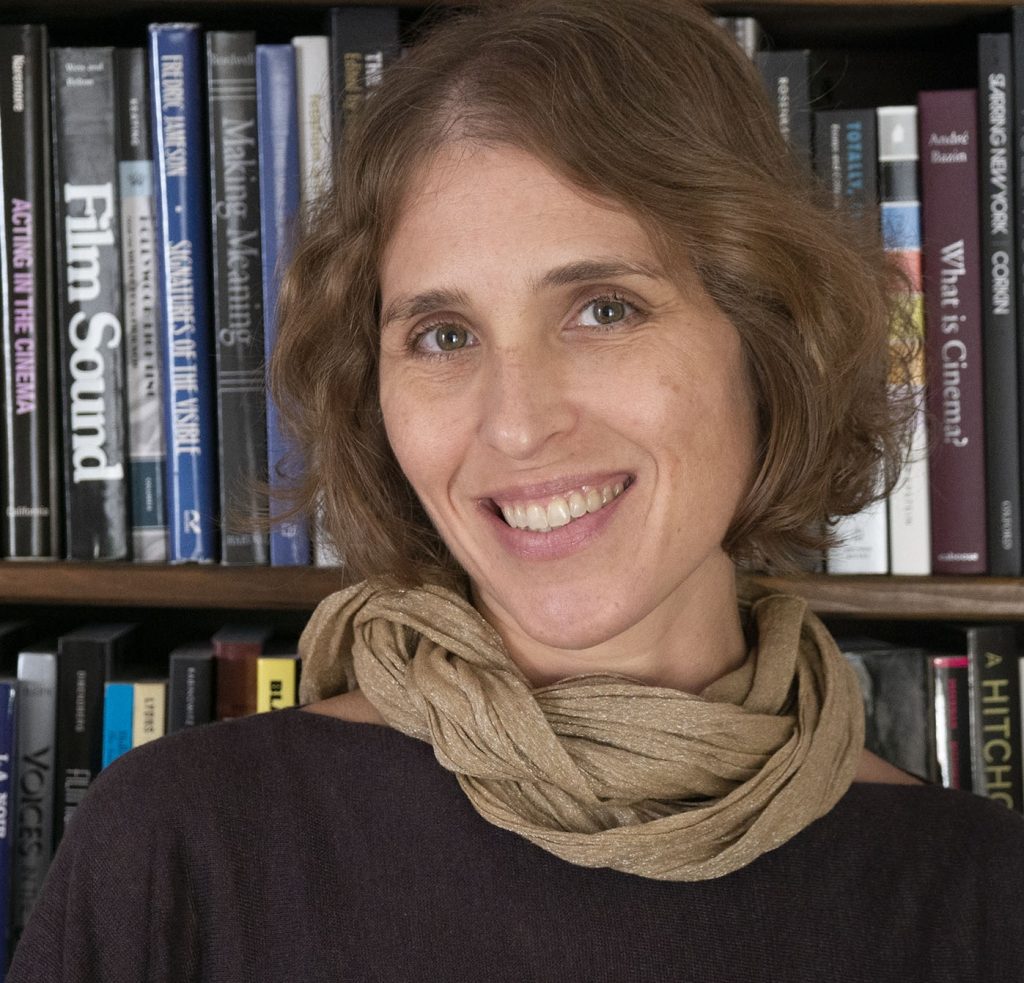
The measure of a good sex scene, says Emerson College professor Maria San Filippo, is whether you want to watch it again and again. It turns out, as she puts it, “Some of them can get pretty tedious.”
In her latest book Provocauteurs and Provocations: Screening Sex in 21st Century Media, San Filippo examines the history of sexual provocation in the media. Yes, sex sells—but why and how? In particular, she examines how female and queer filmmakers coopt sexual provocation for their own radical and sometimes even radically ordinary purposes.
Coining the term “provocauteur,” San Filippo engages in some “provocative word play” of her own in blending the terms “provocateur” and “auteur.” Historically, the “auteur” label has been reserved for mostly male filmmakers whose supposed “genius” emerges via an authorial signature across their body of work.
Of course, due to systemic bias in the industry, many female and queer directors and filmmakers of color never even had a chance to make a body of work. So, San Filippo takes her “revenge” by “reappropriating” the term for contemporary female writers and directors discussed in her book such as Desiree Akhavan, Lisa Cholodenko, Lena Dunham and Catherine Breillat.
Ms. writer Michele Meek spoke with San Filippo about her thoughts on the sexual provocations that make us uncomfortable and how we might respond as scholars, teachers, feminists and fans.
Michele Meek: How has sexual provocation been used by female filmmakers as a feminist act? Or is it not always feminist?
Maria San Filippo: It depends on the film or on the auteur, certainly. Acts of sexual provocation can lead us to think about women’s experiences, women’s sexual lives, sexual selves, women’s desires, women’s experiences of being gendered and being viewed as sex objects in the media and in society. These works encourage us to think about all of those aspects of women’s experience in profound ways.
Two provocateurs who I explicitly name as feminist in the chapters that I devote to them, Catherine Breillat and Lena Dunham, have shaped their auteur brands around showing women’s bodies and sex lives and desires in all of their naked unabashed reality whether it’s talking about menstruation (or showing it) or referring to women’s having self-degrading sexual fantasies or just refusing to shut up or clothe oneself.
And female provocauteurs’ work takes oftentimes very non-prescriptive forms of feminist action. They’re often divisive. But I certainly find them to resist disciplining women’s bodies and women’s voices and women’s experiences by showing us highly individualized and, I think, relatable and real depictions of women. And I think that’s ultimately what helps us humanize women’s representation on screen. And that in and of itself, I think, is a feminist act.
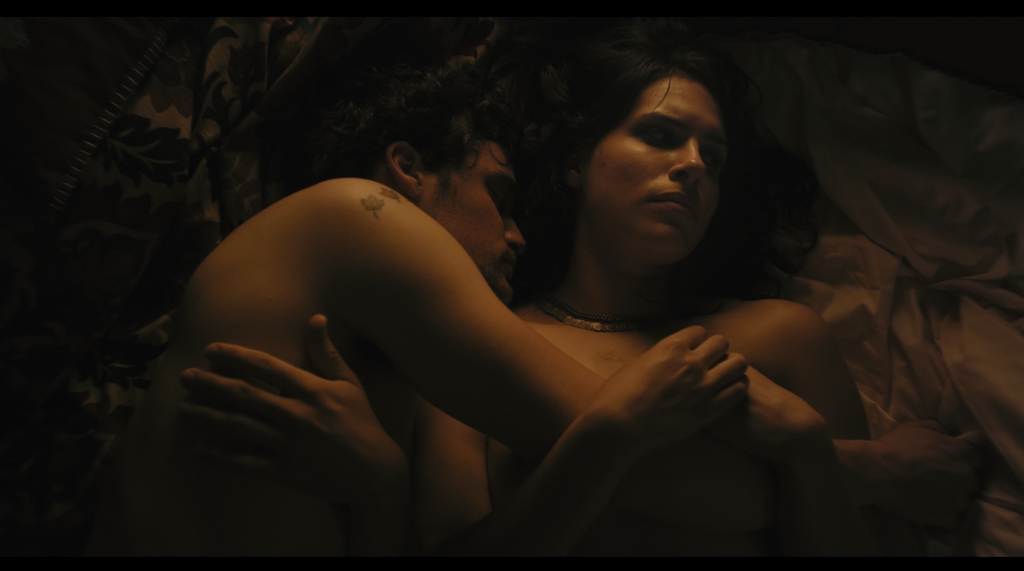
Meek: So how do we respond to films that really make us uncomfortable? For example, Breillat’s film Fat Girl (À ma sœur!) is one of those films which on so many levels as a feminist, as a scholar, I’m just not quite sure how I should feel afterwards.
San Filippo: Well, I think Fat Girl is definitely doing the job that its filmmaker wanted it to do if it’s making you feel that way, if it’s leaving you asking questions. It’s art cinema, and art cinema is all about raising questions that it vehemently refuses to answer so that we can parse them.
I don’t find all of Breillat’s work to be defensible, honestly, much less some of her public proclamations, but I do stand by Fat Girl, finding it to be a really valuable film. And I continue to teach it to my undergrad students. And what I find it does so importantly is that it shows us how sexual assault takes many forms and it does not always look the way it almost uniformly has been conceived and portrayed, which is an assault by a stranger that involves physical force that is unexpected, uninvited—it doesn’t always look that way. It’s not that simple.
And I think she really provocatively, but effectively shows how that is the case by juxtaposing two different types of sexual assault—one that looks far more benign, more everyday but is no less damaging potentially. I think the film’s point is that it’s really women who should be able to define the experience for themselves. They shouldn’t be told what is or isn’t a harmful episode or a nonconsensual incident. And I do subscribe to this justification of hers that until we recognize how sexual assault actually happens and its actual effects that we need to continue representing it so that we can continue having these conversations about it.
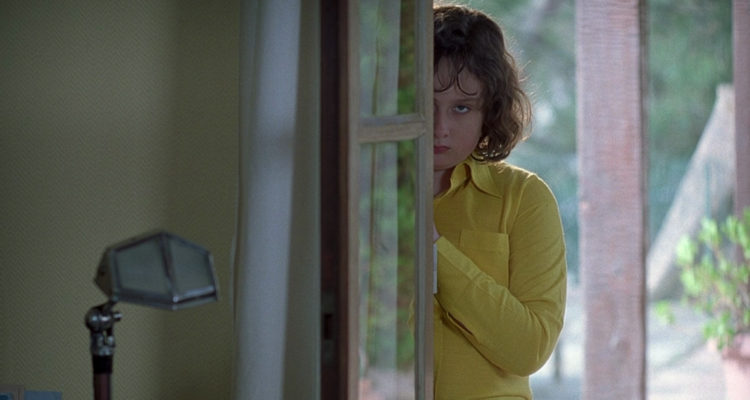
Meek: Right. I’m realizing now actually, in the film Fat Girl, neither sister sees themselves as assaulted sexually. So, now I’m curious. Do you do trigger warnings in classes?
San Filippo: I do. I don’t call them trigger warnings—I call them content warnings. I think it’s hard to predict what’s going to be triggering for any individual person, but I do give as much of a sense going in as I can for students of what they should expect. And I always provide an opt-out assignment if it’s needed.
I think that these questions [examined in the book] around consent and provocation aren’t unlike what I do in class, which is to show what I want to show. But whenever that content is potentially disturbing, that forces me first and foremost to reassess, ‘Why am I showing this?’ and to make sure that it’s of value and that it’s worth taking on, not just the film or the work, but also the questions around whatever makes it so fraught.
If I’m going to teach something by—let’s say Roman Polanski, Rosemary’s Baby, or something by Woody Allen, Annie Hall, or something like Blue Is the Warmest Colour—clearly that filmmaker [Abdellatif Kechiche] has been taken to task, as he should, for what went on on that set. And it does cause me to make sure for myself that it’s a work that needs teaching within the context of my course and that I’m furthermore willing to take on the issue of art versus artists and how we are to approach the work, knowing what we do about its creator or its circumstances of production.
Meek: So it sounds like you don’t feel we should separate the art and the artist—but you don’t think we should simply ignore these films either?
San Filippo: You shouldn’t, or couldn’t, separate art from artists is my thinking. And I don’t want to deal with the entirely problematic actions of people who make art by canceling them and their work nor do I want to continue celebrating them without referencing said actions or characteristics. So I think what again I feel compelled to do is to reassess the work, and I talk about this in my prologue around Blue Is the Warmest Color—and to never again allow that work to be discussed or viewed without doing so through the lens of what we have come to know about the artist or about how the work was made.
And I do think it can have a powerful effect on how we read the work. It can open new lines of insight into the work. And of course, talking about these issues has had all sorts of other positive results, like intimacy coordinators becoming commonplace on film sets.
Meek: So what do you say to a piece like Rebecca Harrison’s article “Fuck the Canon,” which argues for completely excluding these men from course materials, scholarship and criticism? She makes a strong argument not for integration or inclusion, but for flipping the canon upside down and teaching film history with only female filmmakers, for example.
San Filippo: I’m wholeheartedly on board for that pedagogical movement. I am there at the barricades because this author is absolutely right, it’s just gone on too long that women and people of color have been excluded from the canon. In conversations I’ve been having with my colleagues, we’ve actually proposed doing things like that—teaching our film history survey entirely through the works of women filmmakers, people of color filmmakers. It would be an easy thing to do.
I have taught a women filmmakers course numerous times where I tell the students at the outset that we’re not going to see anything all semester except work by women-identified filmmakers or non-binary filmmakers. Not once over the course of the semester do I think, oh, if only I could go grab that clip by [Jean-Luc] Godard. And I think that did drive my impulse towards orienting the second half of the book exclusively around these women provocauteurs.
But going back to the earlier point when I’m thinking about whether I want to show Rosemary’s Baby yet another time in my horror cinema class, it forces me to contend with Polanski and to decide if I think that the film still warrants inclusion. So far, the answer has been yes. And we’ll see if that continues to be the case.
Meek: In your book you have a chapter on what you call the “bad queer” or the in-betweener filmmaker. Can you talk a bit about what you mean by these terms?
San Filippo: I was again being provocative, coming up with that naming. It’s a term that I’m applying to Cholodenko and to Akhavan because I see them as pushing back against the scripts not only of heteronormativity, as you would imagine, being queer identified and queer themed media creators, but against the scripts of homonormativity and queerness as well.
They’re really forcing queerness, as a discourse, to continue to prove its own inclusivity and its own receptivity to different ways of being and expressing. So I was interested in that insistence in the work of both on resisting the policing of these boundaries of speech, of representation, of what queer politics should be, of what queer characters should be—how queer storylines should not always be following the edict for positive role models or the coming out narrative, which serves to reinforce ideas about sexuality being fixed and inherent.
So I was interested in how they themselves, as practitioners, refuse the pigeonholing of being named a queer filmmaker, being named a woman filmmaker, in Akhavan’s case being constantly named the bisexual Lena Dunham. So these are the ways in which they are embodiments of what I call inbetweenness, which has a lot of interest for me as somebody who’s studied bisexuality because bisexuality itself is “bad queer,” right? It’s always been the kind of bad stepchild of the LGBT umbrella precisely because it forces us out of these monosexual ways of thinking and thus continually forces us to think about sexuality as fluid and as contingent. So that’s where I came to my “bad queer” formulation.
It also helps that they both, I think, have very irreverent senses of humor, very ironic sensibilities. They have protagonists who are also irreverent and ironic, not easily likable, not aspirational. And I think given our contemporary sensibility, which I think is, culturally speaking, more earnest than ironic, that irreverence is itself a kind of active resistance to norms of decorum and again defiance of the scripts and representational norms that continue to police especially LGBT representation.
Meek: How do you think sex scenes have changed in this new era?
MSF: I think what we’ll see, I hope, is more films, like the ones that I’m loving in the last year that are made by women, queer women or queer men like Portrait of a Lady on Fire and Ammonite and Duck Butter. These are films where the women performers were involved in the scripting of those scenes. And they, I think came out so different from so much of what screen sex has been, pushing the boundaries between film and porn in ways that are productive—I should say what we think of as film, which is non-porn, but that division of course is entirely fabricated.
So I’d like to think that we’ll see far more inventive, but true to life, ways of showing sex. It’s such an important part of our lives, and it seems like it should be as important a part of our screen representation as a result.
You may also like:




